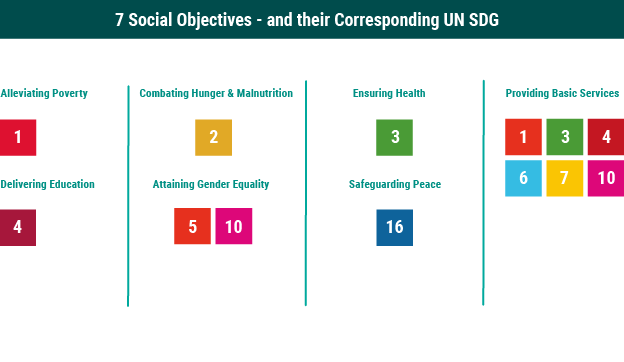
A total of 17 closely interlinked goals have been set. Each goal has underlying targets that help measure our progress to make the world a better place by 2030. The SDGs are the blueprint to achieve a better and more sustainable future for everyone. They tackle the global challenges we face. The aim is to achieve these goals by 2030.
The companies you are investing in also affect these goals. The method we devised calculates both the positive and negative effects. Below we discuss how we present this in a transparent way.



Based on these 15 sustainability categories mentioned in the above table, ISS Oekom gives each company the following ratings:

ISS Oekom’s method presents the assessment of the share that has a positive or negative impact on the sustainability categories. The method also enables investors to assess the impact of the investments on the SDGs. ISS Oekom does this by:


